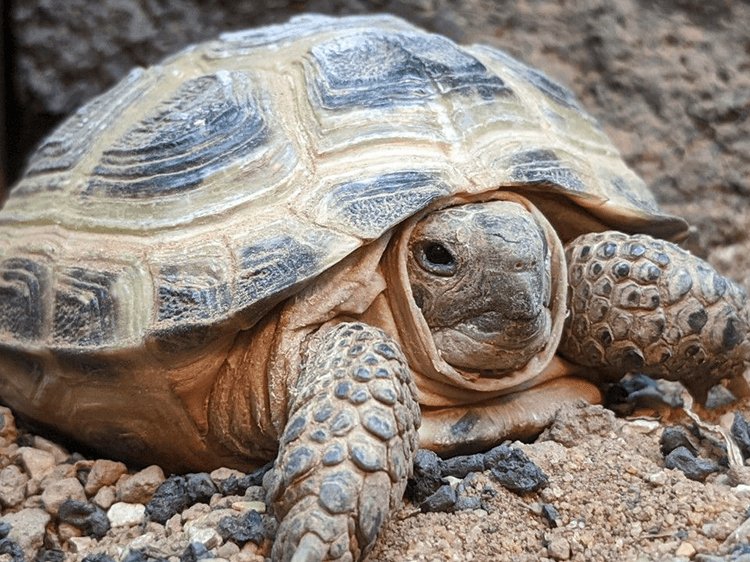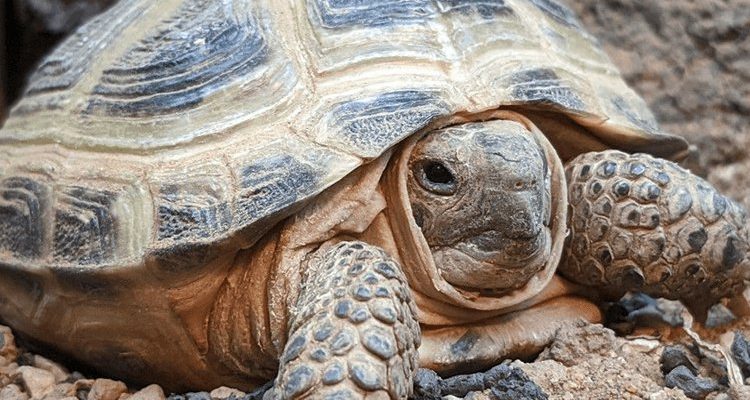
Hibernation in animals is a bit like hitting the snooze button on your alarm clock. For some, it’s a smart survival tactic, allowing them to conserve energy during harsh conditions. But, not all tortoises hibernate in the same way—or at all! Various species have different adaptations to deal with temperate climates, so let’s explore the ins and outs of tortoise hibernation and what you should know if you have one at home.
Hibernation is a fascinating survival mechanism that many animals use to get through tough winters. It’s when an animal enters a state of reduced metabolic activity. Think of it like a deep sleep where the body slows down, temperature drops, and their food intake decreases. This isn’t just about taking it easy; it’s a clever way for animals to conserve energy when food is scarce and temperatures plummet.
Now, you might be wondering: why do tortoises need to hibernate at all? Well, in the wild, tortoises often face harsh climates where freezing temperatures make it hard to find food. By hibernating, they can essentially pause their life until conditions improve. This can be a matter of survival, particularly for species that live in temperate regions.
Some folks may confuse hibernation with brumation—a related but distinct process specific to reptiles. Brumation may not be as deep as hibernation and can involve waking up occasionally to drink water, which is essential because they can’t go too long without hydration.
Not all tortoises hibernate, and that’s an important distinction to understand! Tortoises living in warm climates, like many tropical species, don’t need to hibernate. They thrive in warm weather year-round and may not encounter the extreme conditions that trigger hibernation.
Here’s a breakdown of how different species approach winter:
- Desert Tortoises: These guys often hibernate in colder months to escape the freezing temps. They’ll dig burrows to stay safe and cozy.
- Box Tortoises: Commonly found in North America, they also hibernate during colder months, often in shallow burrows or under leaf litter.
- Tropical Tortoises: Species like the Aldabra or Galápagos tortoises don’t hibernate at all. They enjoy warmth and can remain active through the year.
So, if you’re a tortoise owner, it’s crucial to identify the species you have. This knowledge not only helps you understand their needs but also aids in providing the right environment for your pet.
If you’re responsible for a tortoise, you need to recognize when it’s time for your pet to hibernate. Let’s discuss some signs that might signal it’s hibernation time.
First off, pay attention to their activity levels. Typically, as the days start getting shorter and cooler, tortoises will become less active. You might notice your tortoise spending more time tucked away in its favorite spot, perhaps a burrow or sheltered area.
Second, decreased appetite is a big clue. If your tortoise starts to nibble less, that’s a sign they may be preparing for hibernation. They often eat less as they sense winter is approaching.
Finally, temperature changes also matter. As the weather cools, start adjusting your tortoise’s environment. If you’re providing outdoor time, be mindful of sudden drops in temperature, especially at night. Many tortoises will feel the urge to hibernate instinctively as these conditions settle in.
If you’ve determined that your tortoise needs to hibernate, preparation is key. It’s somewhat like prepping for a long road trip—you want to make sure everything is in order. Here’s how you can get your tortoise ready:
1. Gradually Reduce Food Intake: Start a few weeks before hibernation. This helps their body transition more smoothly into a dormant state. Offering less food allows their system to naturally prepare for the sleep period.
2. Create a Safe Hibernation Environment: If your tortoise is used to hibernating indoors, set up a designated spot, preferably in a cool, dark area away from heat sources. You can use shredded paper or straw for bedding, ensuring they have enough insulation to stay cozy.
3. Monitor Temperature: The ideal hibernation temperature generally hovers around 40°F to 50°F (4°C to 10°C). A thermometer can help you keep an eye on things, so your tortoise doesn’t get too cold or too warm during hibernation.
Remember: If conditions change or your tortoise appears unwell during this period, be prepared to wake it up. Regular checks are essential to ensure it’s safe and healthy!
Waking Up from Hibernation
When spring arrives, your tortoise will wake up, but it won’t be an instant process. It’s more like an awakening that’s gradual. You might see them stretching or basking more as they start to return to their active lifestyle.
1. Gradual Increase in Temperature: As spring brings warmer weather, slowly warm up your tortoise’s living area. Avoid drastic temperature changes to help them adjust more comfortably.
2. Reintroducing Food: Once awake, they’ll need to refuel. Start with small, easy-to-digest foods like leafy greens or vegetables. After hibernation, their appetite might be a little off, so be patient!
3. Hydration is Key: Don’t forget about water! Providing clean water is crucial as tortoises can become dehydrated after hibernation. A shallow dish can be a great way for your tortoise to drink and soak.
Common Mistakes to Avoid
As you prepare your tortoise for hibernation, avoid these common pitfalls that can lead to problems:
- Too Early or Too Late: Timing is everything. Hibernation should ideally match the climate, so keep an eye on seasonal changes.
- Lack of Monitoring: Don’t just set it and forget it! Regular checks are essential to ensure your tortoise is safe during hibernation.
- Skipping Hydration: Remember, hydration matters! Even while hibernating, your tortoise needs to be kept hydrated.
By paying attention to your tortoise’s unique needs and ensuring a smooth transition into and out of hibernation, you’ll help your pet thrive.
Understanding whether tortoises hibernate is essential for any owner. It’s not just about taking a long nap—it’s a crucial survival tactic for many species. Remember, preparation and awareness are vital. By recognizing the signs that indicate it’s time to hibernate and ensuring a safe environment, you’ll give your tortoise the best chance for a healthy and happy life.
Whether you’re a seasoned tortoise parent or just starting, knowing these details can significantly impact your pet’s well-being. After all, a well-informed tortoise owner is the best kind!

